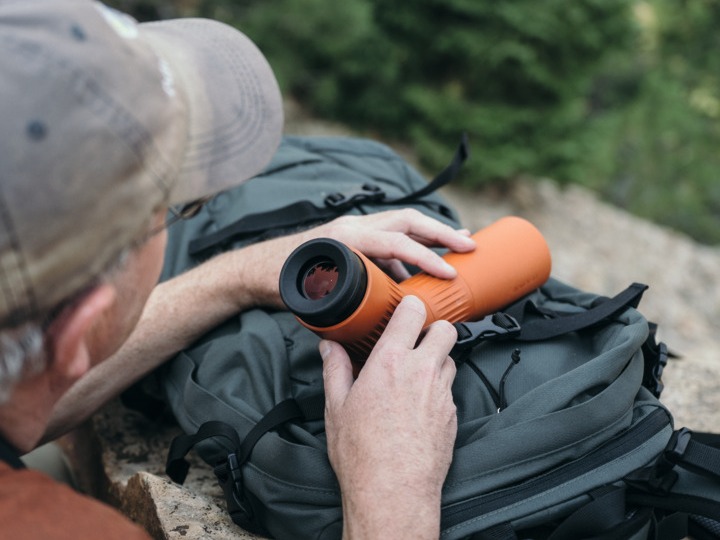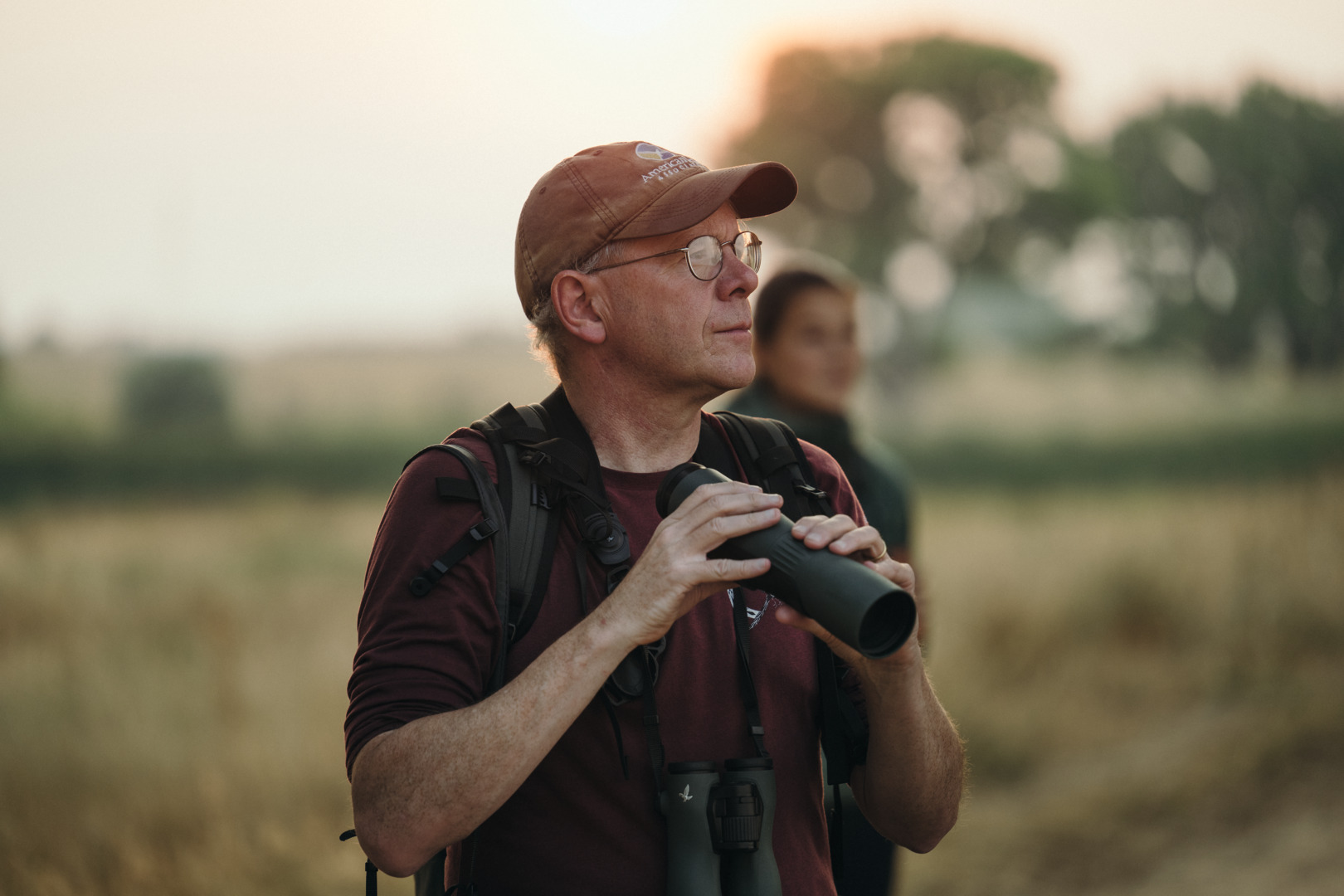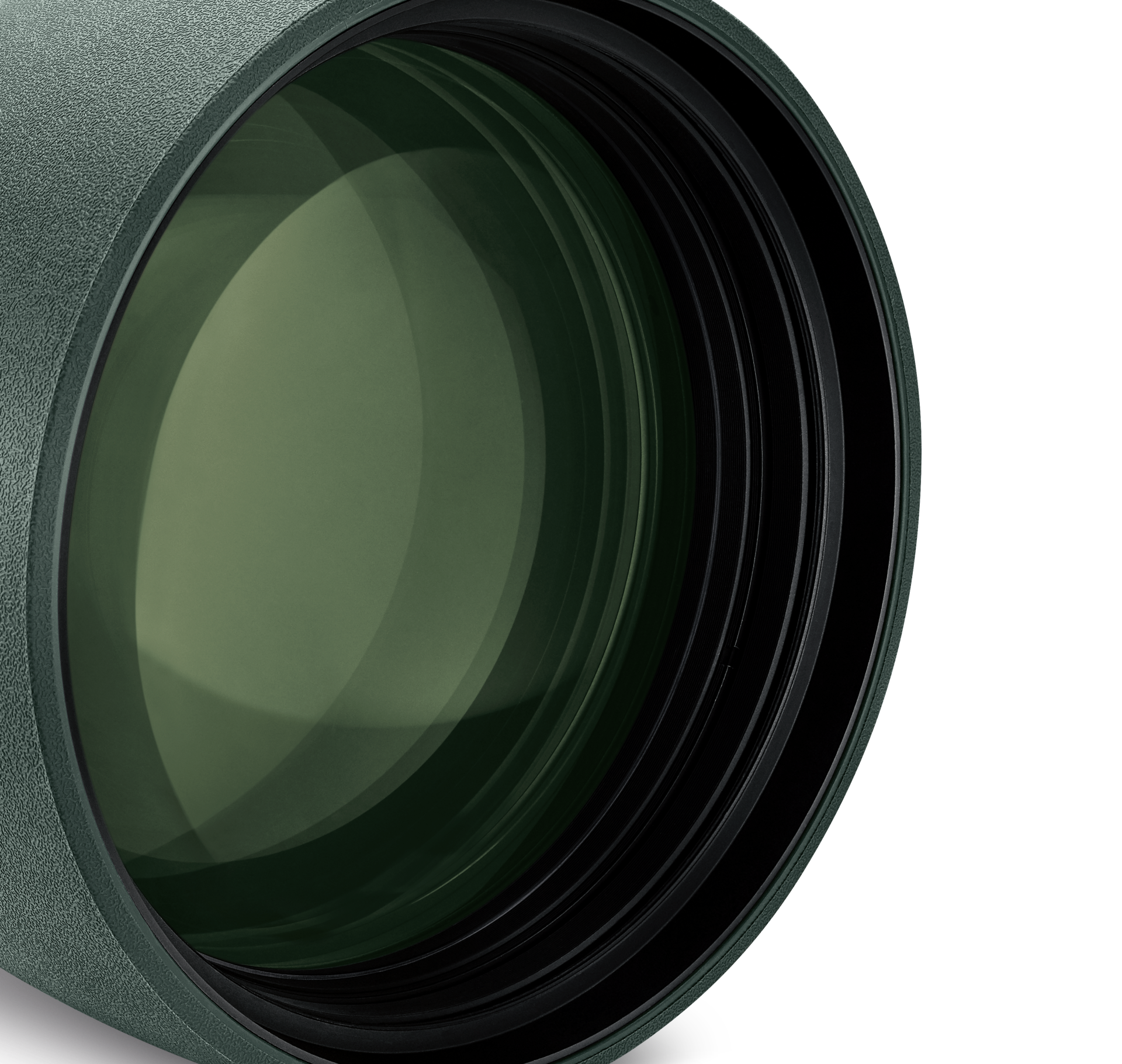ADVENTURE AWAITS


Menu
Products
Intended use
Service


Product & Technical Services, Tips & Care, Tutorials, Downloads, Declarations of conformity

Small dimensions, outstanding optics: Thanks to its length of 258 mm (10.2 in), the ATC spotting scope with angled view will fit in any backpack. A weight of just 970 g (34.2 oz) makes it a top choice for tours in rough terrain and remote areas. The clever half shell makes it easier to position on a surface without a tripod and allows unimpeded turning of the focusing and zoom wheel at all times. In combination with the VPA 2, the ATC is ideal for digiscoping. The carrying strap adds the perfect finishing touch.
This product is currently not available in our online store.
ADVENTURE AWAITS


Small dimensions, outstanding optics: Thanks to its length of 258 mm (10.2 in), the ATC spotting scope with angled view will fit in any backpack. A weight of just 970 g (34.2 oz) makes it a top choice for tours in rough terrain and remote areas. The clever half shell makes it easier to position on a surface without a tripod and allows unimpeded turning of the focusing and zoom wheel at all times. In combination with the VPA 2, the ATC is ideal for digiscoping. The carrying strap adds the perfect finishing touch.
 ATC 17-40x56
ATC 17-40x56Absolutely love this! Fantastic views, very convenient and easy to use!!
Very fast delivery! Quality from Tyrol is excellent as always...
Everything perfect, fast delivery, great look!
A super spotting scope very satisfied thanks 👍👍
 Customer ServiceMO - TH 8:00 - 17:00 AND FR 8:00 - 12:0000800 3242 5056customerservice@swarovskioptik.com
Customer ServiceMO - TH 8:00 - 17:00 AND FR 8:00 - 12:0000800 3242 5056customerservice@swarovskioptik.com